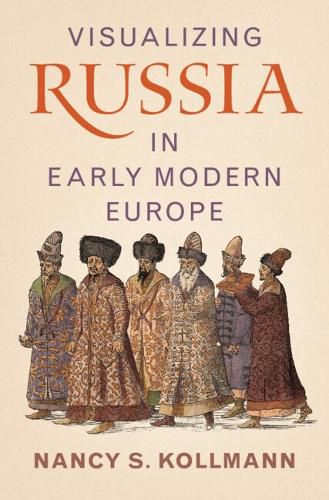Readings Newsletter
Become a Readings Member to make your shopping experience even easier.
Sign in or sign up for free!
You’re not far away from qualifying for FREE standard shipping within Australia
You’ve qualified for FREE standard shipping within Australia
The cart is loading…






In early modern Europe, the emergence and development of print culture proved a powerful new method for producing and disseminating knowledge of Russia through visual means. By examining the images of Russia found in travel accounts, pamphlets, maps and costume books, this study demonstrates how the visual shaped a dual understanding of these lands: Russia and Russians were portrayed as familiar, but the steppe and forest frontiers were seen as forbidding and exotic. As these images were reproduced and plagiarized in new formats, so too were their meanings - the idea of Russia was one which constantly shifted across genres, usages, and audiences. Nancy Kollmann examines the techniques harnessed by artists and publishers to suggest the authenticity of their publications, and explores in turn how these complex depictions of Russia contributed to Europeans' understanding of themselves.
$9.00 standard shipping within Australia
FREE standard shipping within Australia for orders over $100.00
Express & International shipping calculated at checkout
In early modern Europe, the emergence and development of print culture proved a powerful new method for producing and disseminating knowledge of Russia through visual means. By examining the images of Russia found in travel accounts, pamphlets, maps and costume books, this study demonstrates how the visual shaped a dual understanding of these lands: Russia and Russians were portrayed as familiar, but the steppe and forest frontiers were seen as forbidding and exotic. As these images were reproduced and plagiarized in new formats, so too were their meanings - the idea of Russia was one which constantly shifted across genres, usages, and audiences. Nancy Kollmann examines the techniques harnessed by artists and publishers to suggest the authenticity of their publications, and explores in turn how these complex depictions of Russia contributed to Europeans' understanding of themselves.